Historical & Cultural

Tourism Sites
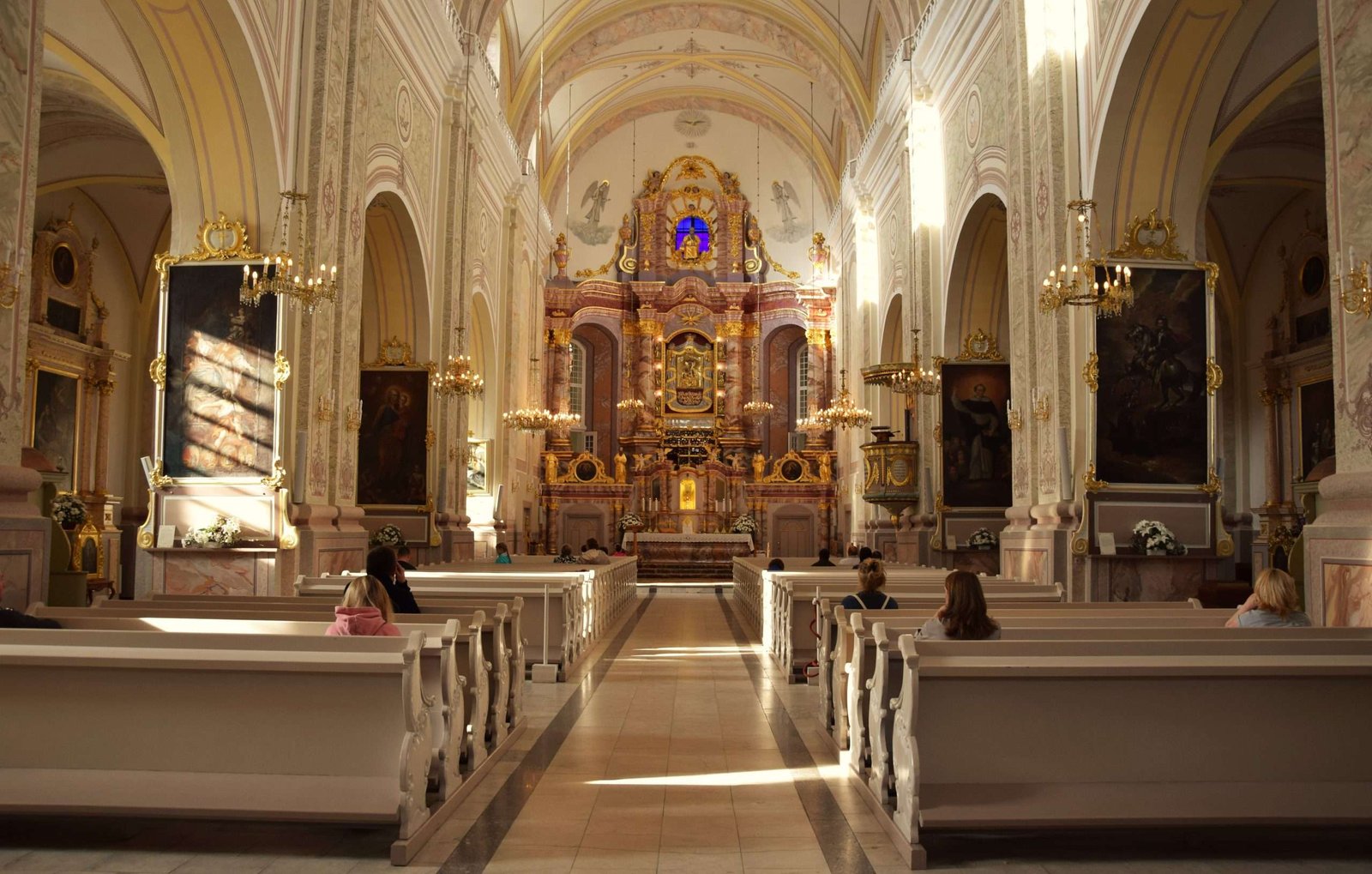
Aglona Basilica
🧠Fact: A major pilgrimage site, Aglona Basilica is a beautiful baroque church that attracts thousands of visitors annually.
💡 Tip: Visit during the Assumption Day festival for a spiritual experience.
Info: Aglona Basilica is one of Latvia’s most revered religious sites, drawing thousands of pilgrims each year, especially on Assumption Day. This stunning Baroque church, built in the 18th century, features twin white towers and a serene interior adorned with sacred art and relics. Set in a peaceful lakeside setting, it offers a reflective atmosphere for both spiritual visitors and lovers of architecture. The basilica is not only a place of worship but also a symbol of Latvia’s deep-rooted Catholic heritage. Visiting during a religious festival provides a truly moving and unforgettable experience.
- 📍 Latvia, Aglona
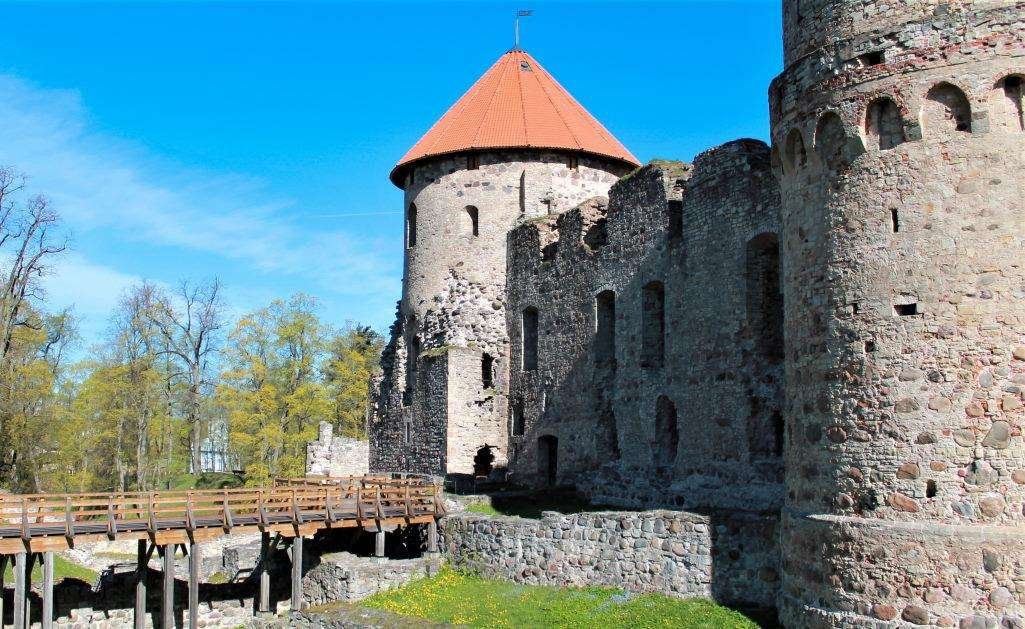
Cesis Castle
🧠Fact: A medieval castle that provides a fascinating glimpse into Latvia’s past and hosts various
cultural events.
💡 Tip: Explore the castle’s tower for beautiful views of the surrounding area.
Info:Cesis Castle is one of Latvia’s best-preserved medieval fortresses, offering a captivating journey into the country’s storied past. Built in the 13th century by the Livonian Order, the castle features atmospheric ruins, underground passages, and a museum showcasing artifacts and historical exhibits. Visitors can climb the tower for panoramic views of the town and nearby Gauja National Park. Throughout the year, the castle hosts cultural events, medieval festivals, and interactive programs that bring history to life. A visit to Cesis Castle is both educational and enchanting, ideal for history enthusiasts and cultural travelers.
- 📍 Latvia, Cesis
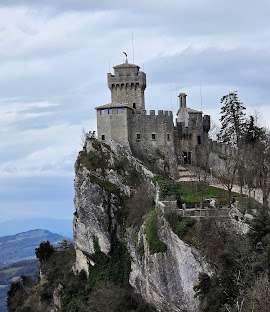
Cesta Tower
🧠 Fact: Cesta Tower sits at the highest point of Mount Titano and houses the Museum of Ancient Weapons.
💡 Tip: Visit early morning to avoid tour groups and enjoy clear skyline views.
Info: Perched atop Monte Titano's highest peak at 755 meters, Cesta Tower—also known as Fratta—is the second of San Marino's iconic Three Towers. Constructed in the 13th century on the remnants of a Roman fort, it served as a strategic watchtower and later as a prison. Today, it houses the Museum of Ancient Arms, established in 1956, showcasing approximately 2,000 weapons and armors spanning from medieval times to the modern era. Visitors can explore its four exhibition rooms and enjoy panoramic views of the surrounding countryside, making it a must-visit landmark in the Republic of San Marino.
- 📍San Marino, San Marino
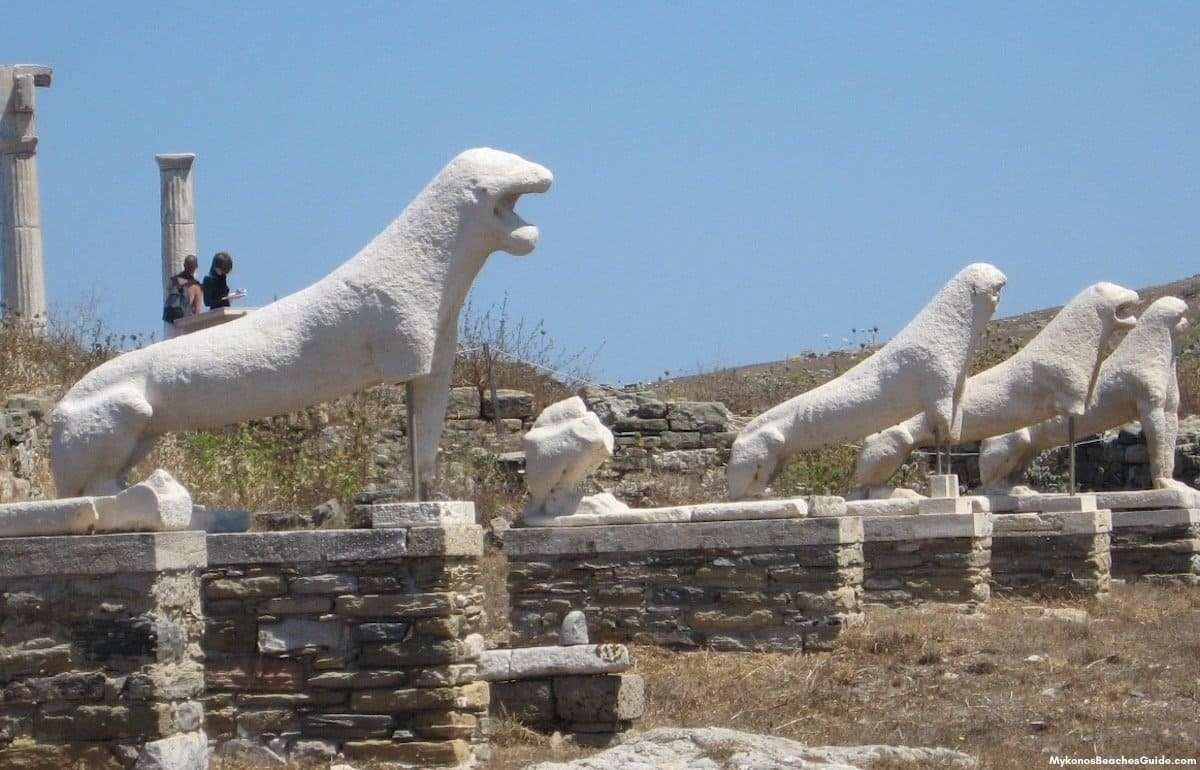
Day Trip to Delos Island
🧠 Fact: Delos is the mythical birthplace of Apollo and Artemis.
💡 Tip: Bring water—it gets very hot and there’s little shade.
Info: A day trip to Delos Island in Greece is a journey into one of the most important archaeological sites in the country. Located near Mykonos, Delos is a UNESCO World Heritage Site known as the mythical birthplace of Apollo and Artemis. The island is uninhabited today but filled with well-preserved ruins, including temples, statues, mosaics, and the famous Terrace of the Lions. Visitors can explore ancient streets, climb Mount Kynthos for panoramic views, and immerse themselves in the rich history of classical Greece. Delos offers a unique blend of mythology, history, and breathtaking scenery.
- 📍 Greece, Mykonos

Explore the Medieval Old Town
🧠 Fact: A UNESCO World Heritage Site filled with medieval walls, castles, and cobbled alleys.
💡 Tip: Visit early to beat the tourist rush and enjoy a peaceful walk.
Info: Exploring the Medieval Old Town of Rhodes in Greece is like stepping back in time. Surrounded by massive stone walls and cobbled streets, this UNESCO World Heritage Site is one of the best-preserved medieval towns in Europe. Wander through the Street of the Knights, visit the majestic Palace of the Grand Master, and discover hidden courtyards, quaint shops, and historic churches. The blend of Gothic, Ottoman, and Byzantine architecture tells the story of centuries of cultural influences. Whether day or night, the Old Town’s atmospheric charm offers an unforgettable glimpse into Greece’s rich and layered past.
- 📍 Greece, Rhodes
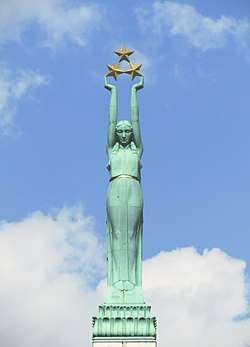
Freedom Monument
🧠 •Fact: A national symbol of independence and freedom, the monument commemorates Latvia’s struggle for independence.
💡 •Tip: Visit the monument for a better understanding of Latvia's history.
Info: The Freedom Monument stands proudly in the heart of Riga as a powerful symbol of Latvia’s independence and national pride. Unveiled in 1935, it honors the soldiers who fell during the Latvian War of Independence. The 42-meter-tall structure is topped with a statue of Liberty holding three stars, representing Latvia’s historical regions. Surrounded by beautifully landscaped gardens, the monument is a key site for national ceremonies and a poignant reminder of the country’s resilience. A visit here offers deep insight into Latvia’s history and the enduring spirit of its people.
- 📍 Latvia, Riga
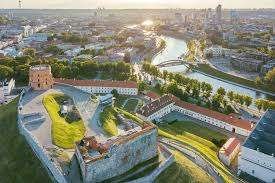
Gediminas Tower
🧠 Fact: The remnants of a medieval castle, Gediminas Tower offers panoramic views of Vilnius and the Neris River.
💡 Tip: Climb the tower for an unforgettable view of the city.
Info:Gediminas Tower is a historic symbol of Vilnius and a must-see for anyone exploring Lithuania’s capital. Perched atop Castle Hill, this remaining part of a 14th-century castle offers sweeping views of Vilnius Old Town and the Neris River. The tower also houses a small museum showcasing the city’s medieval history and the story of the Grand Duchy of Lithuania. A scenic climb or funicular ride leads to the top, where breathtaking panoramas await. Visiting Gediminas Tower is a perfect way to connect with Vilnius’s past while enjoying its stunning natural and urban landscape.
- 📍 Lithuania, Vilnius
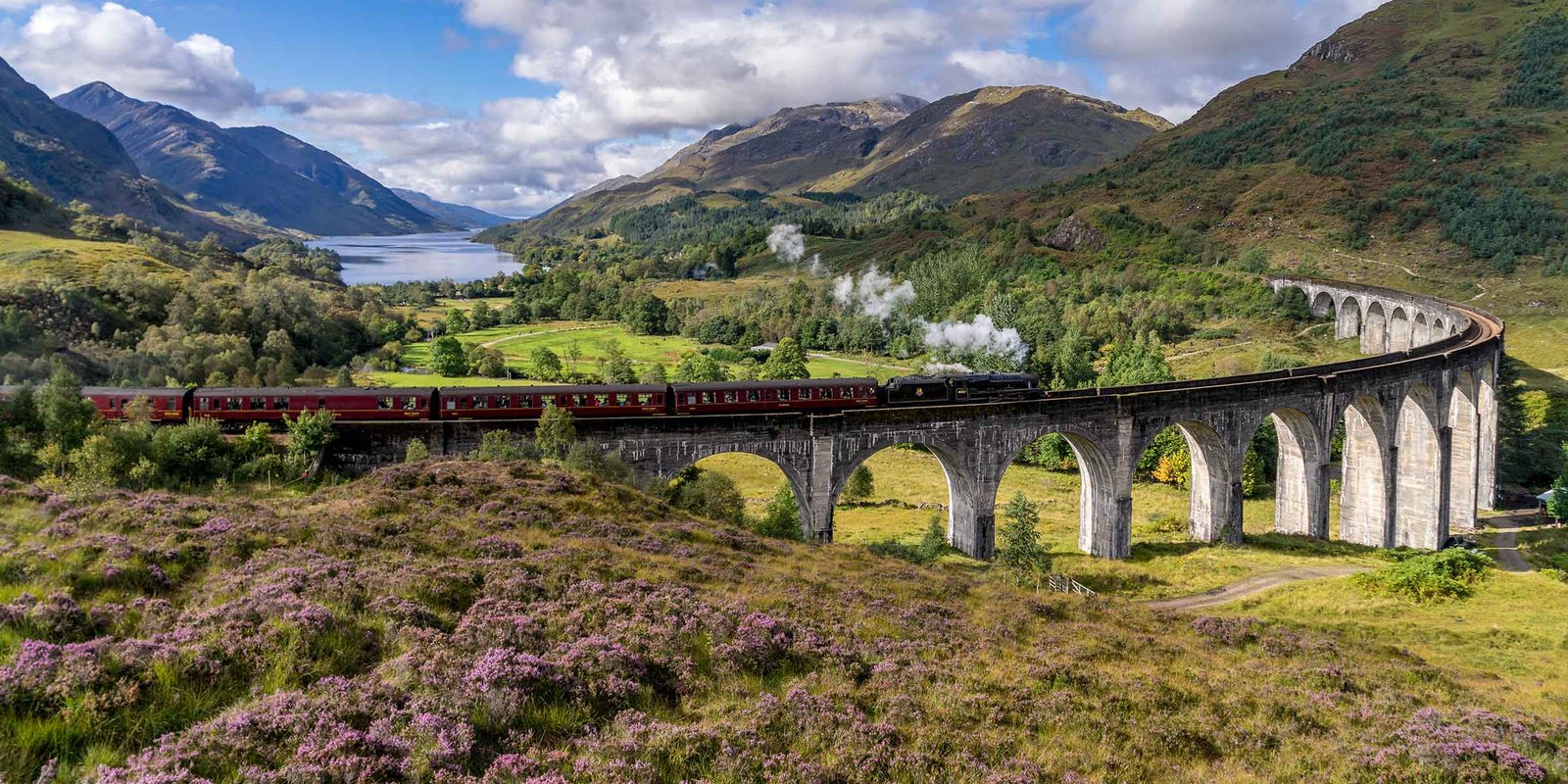
Glenfinnan Viaduct
🧠 Fact: The Glenfinnan Viaduct is world-famous as the railway bridge featured in the Harry Potter films.
💡 Tip: Check the Jacobite Steam Train timetable for photo opportunities of the train crossing the viaduct.
Info:
- 📍Scotland, Glenfinnan
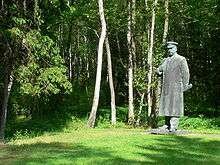
Grūtas Park
🧠 Fact: A park featuring Soviet-era sculptures, providing a unique look at Lithuania’s history under Soviet rule.
💡 Tip: Take a guided tour to learn more about the significance of the statues.
Info: Grūtas Park is a one-of-a-kind open-air museum that offers a fascinating, if haunting, glimpse into Lithuania’s Soviet past. Located near Druskininkai, the park features over 80 Soviet-era statues and monuments that once stood in public spaces across the country. Visitors can walk through recreated Soviet-style settings, including guard towers and barbed wire, adding depth to the historical context. A guided tour enhances the experience, shedding light on the stories behind the sculptures and the era they represent. This unique destination is both educational and thought-provoking, ideal for those interested in history and cultural memory.
- 📍 Lithuania, Druskininkai
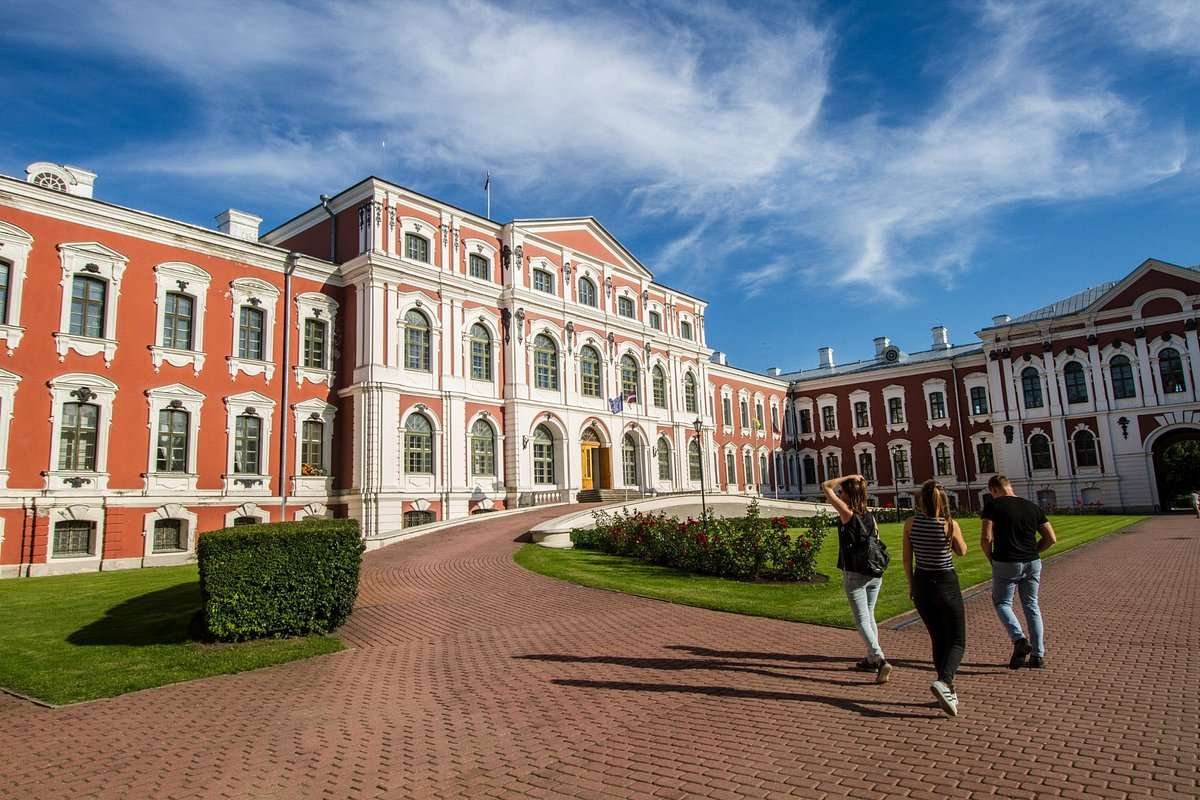
Jelgava Palace
🧠 Fact: A beautiful baroque palace, once the residence of the Dukes of Courland, now housing a
university and museum.
💡 Tip: Explore the palace’s garden and nearby park for a peaceful retreat.
Info: Jelgava Palace is the largest Baroque-style palace in the Baltics and a significant piece of Latvia’s royal history. Once the residence of the Dukes of Courland, it now serves as part of the Latvia University of Life Sciences and Technologies, while also housing a museum. The grand architecture, ornate interiors, and historical exhibits offer a glimpse into the region’s noble past. Surrounded by a peaceful garden and park, the palace provides a serene setting for leisurely walks. A visit here combines cultural enrichment with tranquil beauty, making it a must-see in Jelgava.
- 📍 Latvia, Jelgava
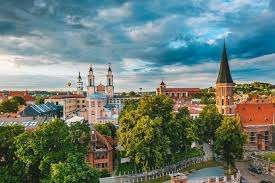
Kaunas Old Town
🧠 Fact: Known for its medieval architecture, Kaunas Old Town is full of charming streets and
historic sites.
💡 Tip: Visit the Kaunas Castle and the Town Hall for a glimpse into the city’s past.
Info: Kaunas Old Town is a captivating area filled with medieval charm and historical richness. Its narrow cobbled streets, Gothic and Renaissance buildings, and lively squares reflect centuries of cultural heritage. Key landmarks like Kaunas Castle and the elegant Town Hall reveal the city’s past as a former Lithuanian capital. The area also features quaint cafés, local boutiques, and art galleries that add to its vibrant atmosphere. Whether you're exploring historic churches or simply enjoying the ambiance, Kaunas Old Town offers an authentic and enriching cultural experience for every visitor.
- 📍 Lithuania, Kaunas
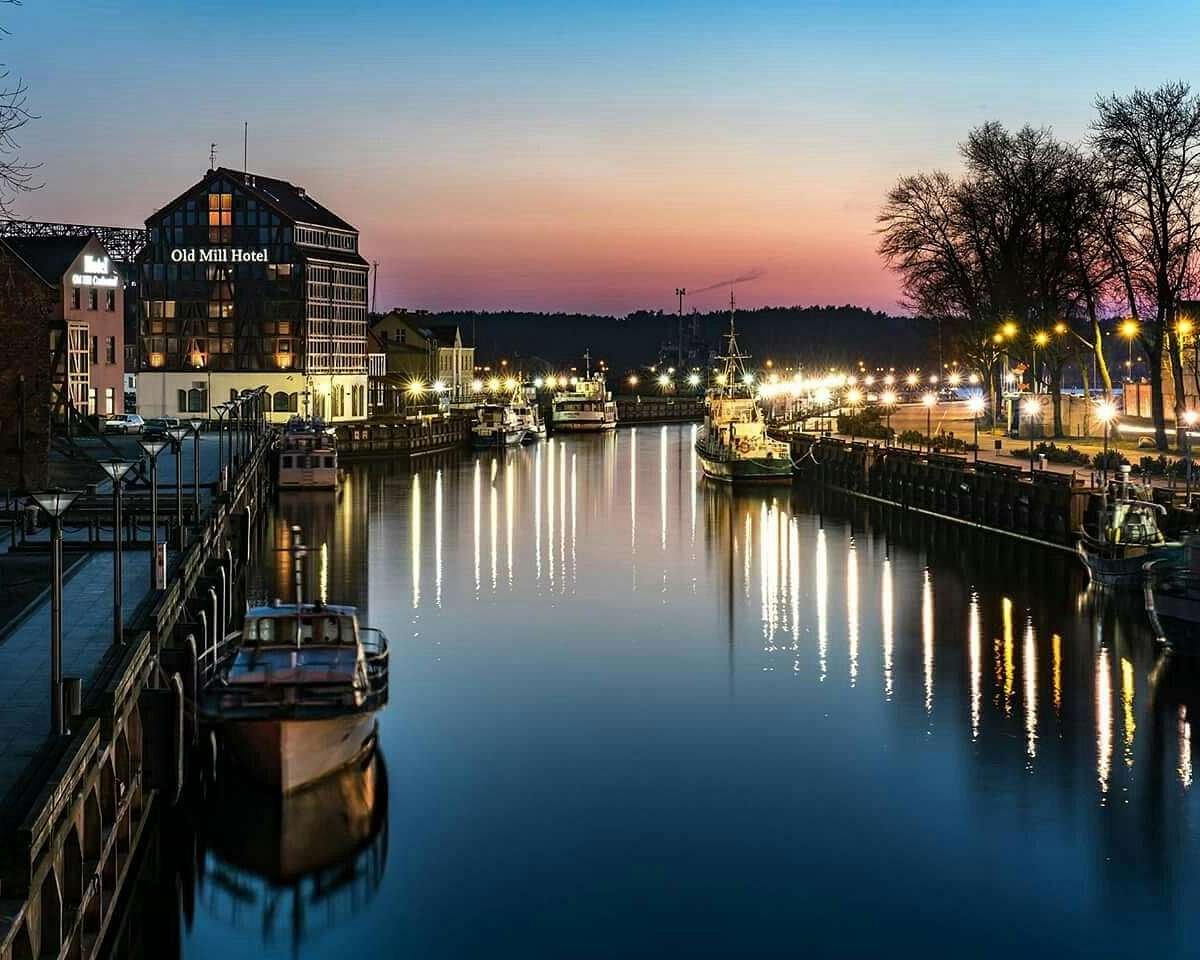
Klaipeda Old Town
🧠 Fact: A charming historic center with German-style architecture and a lively atmosphere.
💡 Tip: Visit the Theatre Square and the Old Prussian Cemetery for a taste of the city’s history.
Info:Klaipėda Old Town is a delightful blend of historical charm and vibrant modern life. With its well-preserved German-style architecture—think colorful buildings, ornate facades, and quaint cobblestone streets—the district offers a unique coastal ambiance. Key highlights include the charming Theatre Square, where street performances often enliven the scene, and the Old Prussian Cemetery, a peaceful relic of the region’s past. Wander along the River Dane promenade, browse boutique shops, and dine in waterfront cafés. Whether you're exploring cultural landmarks or soaking up local energy, Klaipėda Old Town offers both heritage and joyful coastal living.
- 📍 Lithuania, Klaipeda
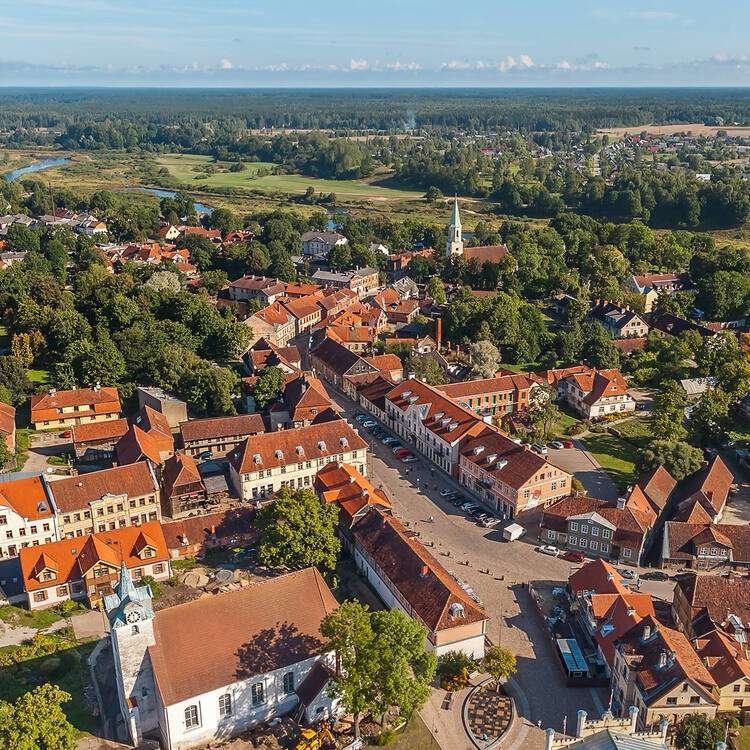
Kuldiga Old Town
🧠 Fact: Known for its cobbled streets and charming atmosphere, Kuldiga is famous for the longest waterfall in Latvia, the Venta Rapid.
💡 •Tip: Take a walk along the Venta River and enjoy the view of the waterfall.
Info: Kuldiga Old Town is a picturesque gem that blends historic charm with natural beauty. Its cobbled streets, red-roofed buildings, and quaint atmosphere transport visitors back in time. The highlight is the Venta Rapid—the widest waterfall in Europe—creating a stunning backdrop right in the heart of town. As you stroll along the scenic Venta River, you’ll discover historic bridges, quiet courtyards, and inviting cafes. Rich in culture and perfect for a peaceful getaway, Kuldiga offers a unique glimpse into Latvia’s heritage and is a must-visit for history and nature enthusiasts alike.
- 📍 Latvia, Kuldiga
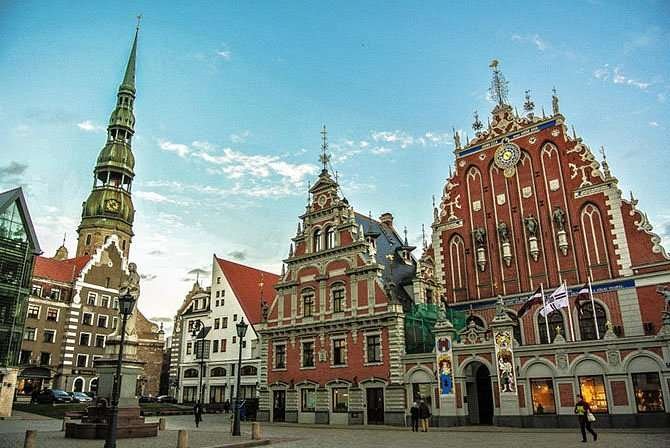
Old Town (Vecrīga)
🧠 Fact: A UNESCO World Heritage site, Riga’s Old Town is full of medieval architecture, cobblestone streets, and vibrant cafes.
💡 Tip: Explore the narrow alleys and enjoy the historical buildings and landmarks.
Info: Old Town (Vecrīga) in Latvia’s capital, Riga, is a UNESCO World Heritage Site renowned for its charming medieval architecture, cobblestone streets, and vibrant atmosphere. This historic heart of the city features iconic landmarks such as Riga Cathedral, St. Peter’s Church, and the House of the Blackheads. Vecrīga is a lively hub filled with cafes, galleries, and street performers, making it a perfect blend of culture and history. Visitors can explore its narrow alleyways and colorful buildings, each telling stories from centuries past, creating a truly immersive experience in Latvia’s rich heritage.
- 📍 Latvia, Riga

Open-Air Museum in Rumšiškės
🧠 Fact: One of the largest open-air museums in Europe, showcasing Lithuania's rural architecture and way of life.
💡 Tip: Walk through the traditional farmhouses and feel like you’ve stepped back in time.
Info: Spanning over 195 hectares, the Open-Air Museum in Rumšiškės ranks among Europe’s largest living history museums. It authentically recreates Lithuania’s rural heritage, featuring nearly 100 relocated and restored traditional farmhouses, mills, churches, and workshops, representing different ethnographic regions. Visitors can wander along pastoral lanes, explore interiors furnished with period artifacts, and observe demonstrations of traditional crafts like weaving and blacksmithing. Seasonal events, folk music, and local culinary tastings further immerse guests in rural life as it once was. Ideal for families and culture fans, this museum offers a vivid, educational journey through Lithuania’s pastoral traditions.
- 📍 Lithuania, Rumšiškės

Rundale Palace and Gardens
🧠Fact: A stunning baroque palace and its beautifully restored gardens, showcasing Latvian aristocratic history.
💡 Tip: Explore the palace’s grand rooms and enjoy a walk through the extensive gardens.
Info: Rundale Palace is one of Latvia’s most magnificent architectural treasures, offering a glimpse into the grandeur of 18th-century aristocratic life. Designed by famed architect Bartolomeo Rastrelli, the Baroque-style palace features lavish halls, intricate stucco work, and elegant furnishings. Surrounding the palace are beautifully restored French-style gardens, perfect for a peaceful stroll among fountains, rose beds, and sculpted greenery. Once the residence of the Dukes of Courland, Rundale now serves as a museum celebrating Latvia’s cultural and historical legacy. It’s a must-visit for history lovers and admirers of classical European elegance.
- 📍Latvia, Rundale
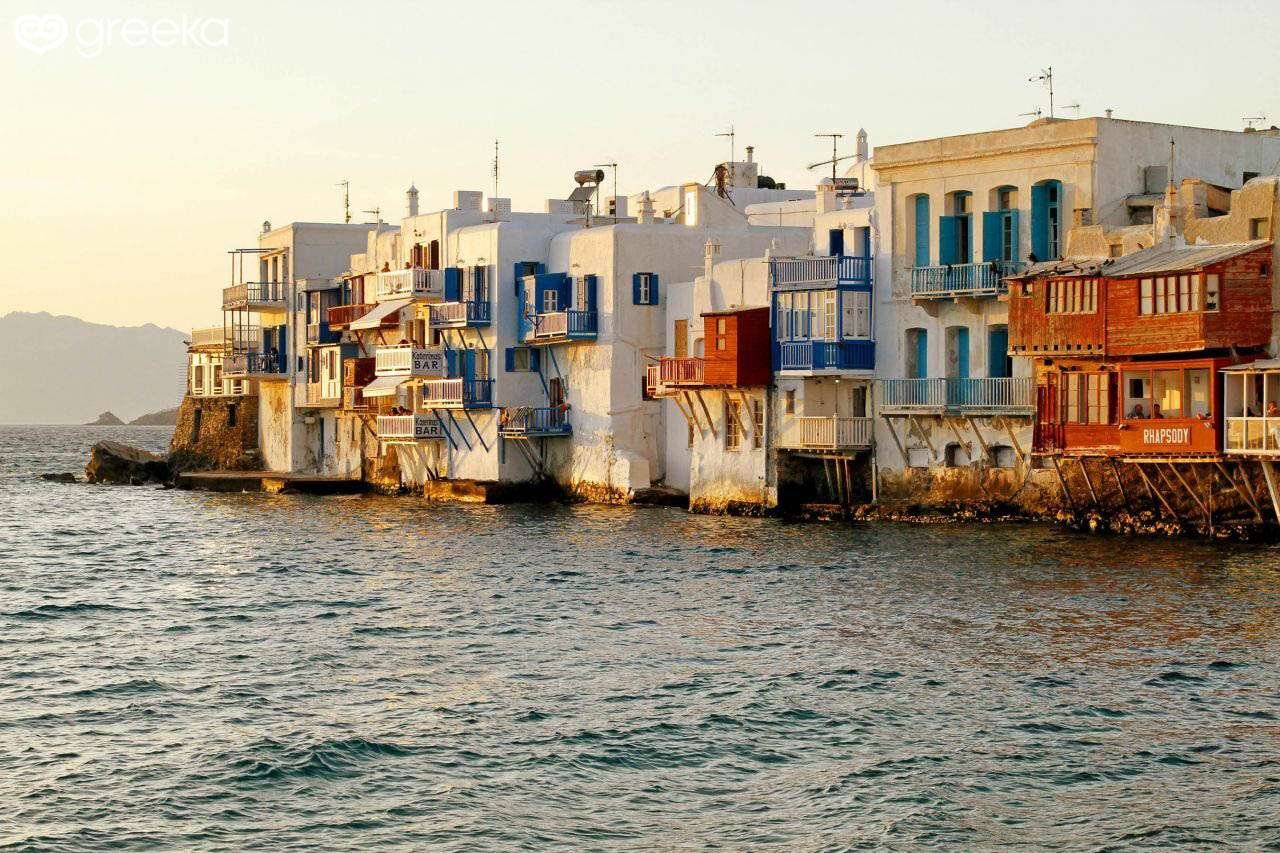
Stroll Through Little Venice
🧠 Fact: Little Venice offers colorful balconies hanging over the sea.
💡 Tip: Ideal for sunset drinks or romantic dinners.
Info: Strolling through Little Venice in Mykonos is a magical experience, where charming seaside houses with colorful balconies seem to rise straight from the Aegean Sea. This romantic and iconic neighborhood, located in Mykonos Town, is famous for its stunning sunset views, lively bars, and artistic ambiance. Originally home to wealthy merchants and captains, the area now offers a vibrant mix of cafes, shops, and galleries. As waves gently lap at the foundations of the buildings, visitors can enjoy a drink or meal with an unforgettable view, capturing the essence of Mykonos’ coastal beauty and charm.
- 📍 Greece, Mykonos
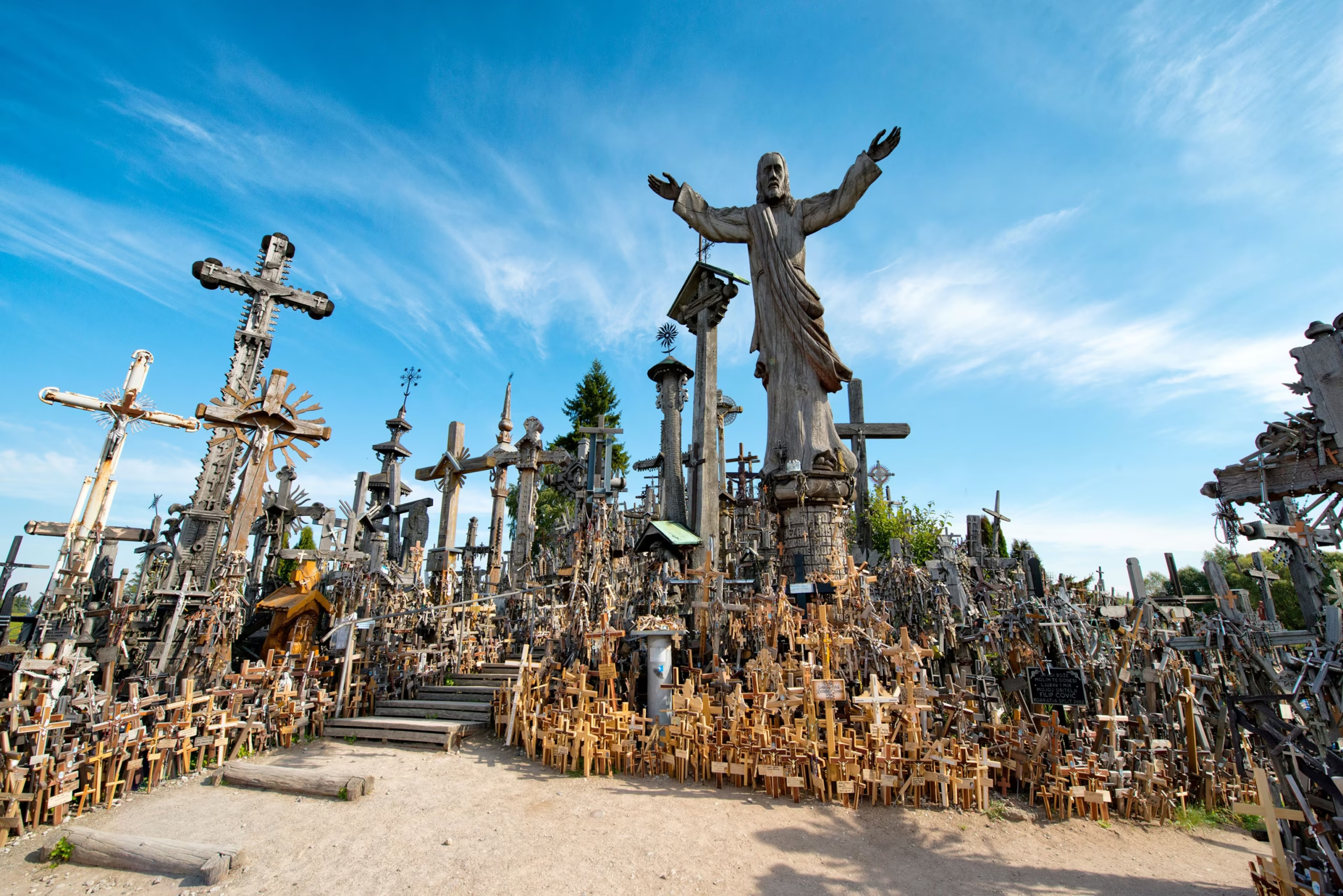
The Hill of Crosses
🧠 Fact: A pilgrimage site with over 100,000 crosses, symbolizing the resilience of the Lithuanian people.
💡 Tip: Take a moment to reflect on the history and significance of this unique landmark.
Info: The Hill of Crosses is one of Lithuania’s most powerful and symbolic landmarks. Located near Šiauliai, this pilgrimage site features over 100,000 crosses of all sizes, placed by visitors as a testament to faith, hope, and national resilience. Despite repeated attempts by occupying forces to remove them, the crosses reappeared each time, making the hill a quiet yet profound symbol of peaceful resistance. Walking among the densely packed crosses offers a moving and reflective experience. It’s a deeply spiritual site that connects visitors to the strength and spirit of the Lithuanian people.
- 📍 Lithuania, Šiauliai

Trakai Castle
🧠 Fact: A picturesque castle on an island in Lake Galvė, Trakai Castle is a must-visit historical site in Lithuania.
💡 Tip: Take a boat ride around the lake for an amazing view of the castle.
Info: Trakai Castle is one of Lithuania’s most iconic historical landmarks, beautifully situated on an island in Lake Galvė. This red-brick Gothic fortress dates back to the 14th century and once served as a stronghold for the Grand Dukes of Lithuania. Surrounded by serene waters and lush landscapes, the castle now houses a museum showcasing medieval artifacts and the region’s rich history. A boat ride around the lake offers breathtaking views of the castle’s striking silhouette. Whether exploring its grand halls or enjoying the scenic setting, Trakai Castle promises a memorable cultural experience.
- 📍Lithuania, Trakai
Turaida Castle
🧠 Fact: A medieval castle located in the Gauja River Valley, offering panoramic views of the surrounding nature.
💡 Tip: Take a guided tour to learn about the history and legends of the castle.
Info: Turaida Castle is a beautifully preserved medieval fortress set atop a hill in the scenic Gauja River Valley. Built in the 13th century, it offers a fascinating glimpse into Latvia’s past through its towers, exhibits, and archaeological finds. Visitors can climb the main tower for panoramic views of the lush forests and river below, making it a perfect blend of history and natural beauty. A guided tour reveals intriguing legends, including the story of the Rose of Turaida. Ideal for history lovers, the castle is a highlight of the Sigulda region’s cultural landscape.
- 📍Latvia, Sigulda

Užupis District
🧠 Fact: A quirky bohemian district known for its artistic vibe, Užupis has its own constitution and is often compared to Montmartre in Paris.
💡 Tip: Explore its art galleries, cafes, and quirky landmarks.
Info: The Užupis District in Vilnius is a vibrant, bohemian neighborhood that thrives on creativity and self-expression. Often compared to Montmartre in Paris, Užupis declared itself an independent “republic” with its own playful constitution displayed on a wall in multiple languages. The area is filled with art galleries, street murals, and cozy cafés, creating a welcoming space for artists and free spirits. From the Angel of Užupis statue to its quirky installations, every corner reflects its unique character. A stroll through Užupis promises an unforgettable cultural experience full of charm, humor, and artistic flair.
- 📍 Lithuania, Vilnius
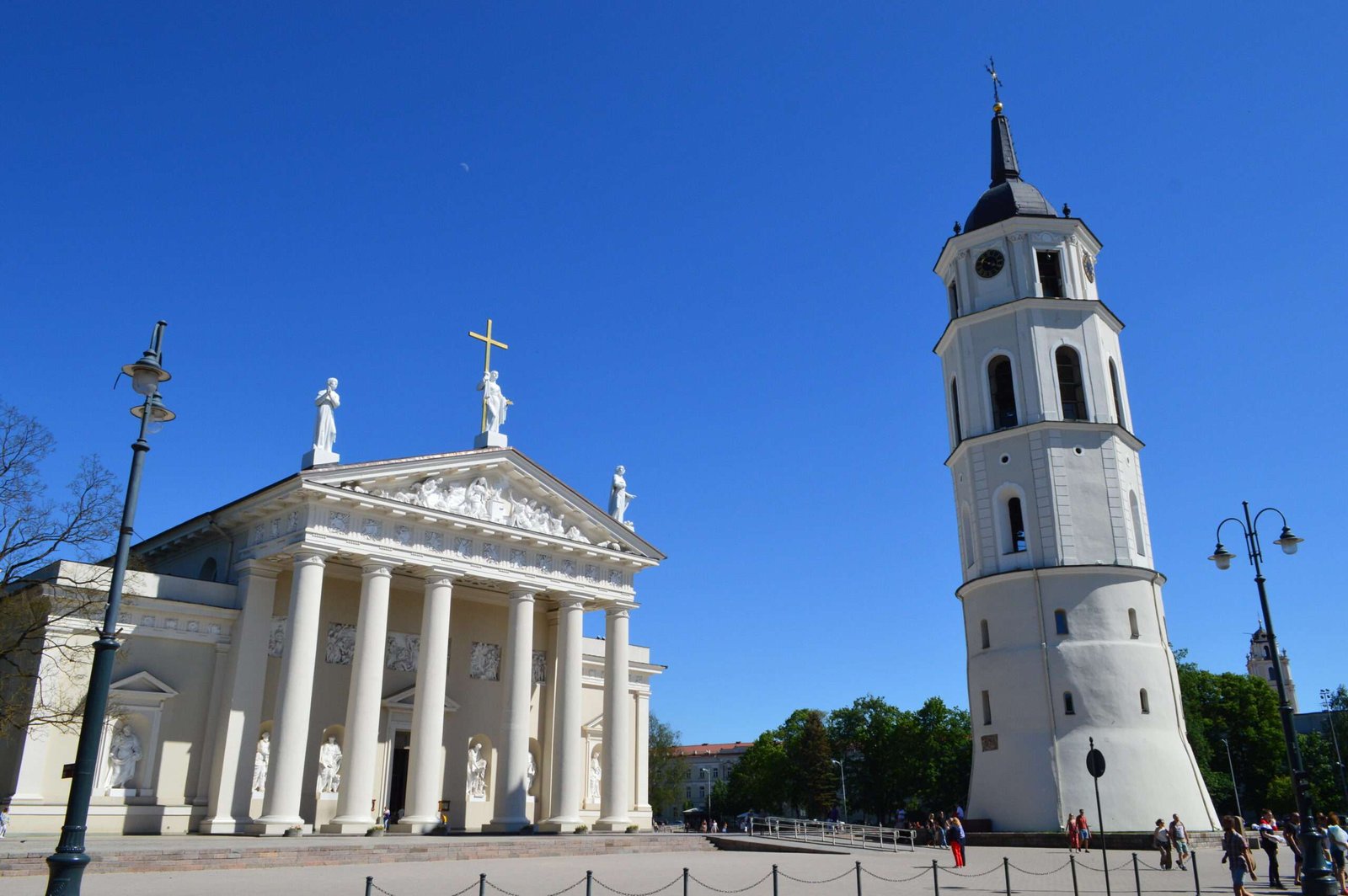
Vilnius Cathedral
🧠 Fact: A stunning neoclassical cathedral, a key site in Lithuanian history and religious life.
💡 Tip: Don’t miss the opportunity to visit the Cathedral’s crypts.
Info:Vilnius Cathedral, officially known as the Cathedral Basilica of St. Stanislaus and St. Ladislaus, is a masterpiece of neoclassical architecture and a central symbol of Lithuania’s spiritual and national identity. Located in the heart of Vilnius, it has been the site of royal ceremonies, significant historical events, and religious gatherings for centuries. Its grand white façade, majestic columns, and serene interior make it a must-visit landmark. For a deeper glimpse into the past, explore the cathedral’s underground crypts, where notable Lithuanian figures are buried. It’s a powerful blend of history, faith, and architectural beauty.
- 📍 Lithuania, Vilnius

Vilnius Old Town
🧠 Fact: A UNESCO World Heritage site, Vilnius Old Town is known for its cobbled streets, medieval buildings, and Baroque architecture.
💡 Tip: Visit the Vilnius Cathedral and Gediminas Tower for stunning views of the city.
Info:Vilnius Old Town, a UNESCO World Heritage site, is one of the largest and most beautiful historic centers in Eastern Europe. Its narrow cobbled streets, medieval courtyards, and grand Baroque churches create a rich tapestry of architectural styles and cultural heritage. The area is home to landmarks like Vilnius Cathedral and Gediminas Tower, where visitors can enjoy panoramic views of the city. With its lively cafés, local art galleries, and centuries-old buildings, the Old Town offers a perfect blend of history and modern charm, making it a must-visit for cultural explorers.
- 📍 Lithuania, Vilnius
